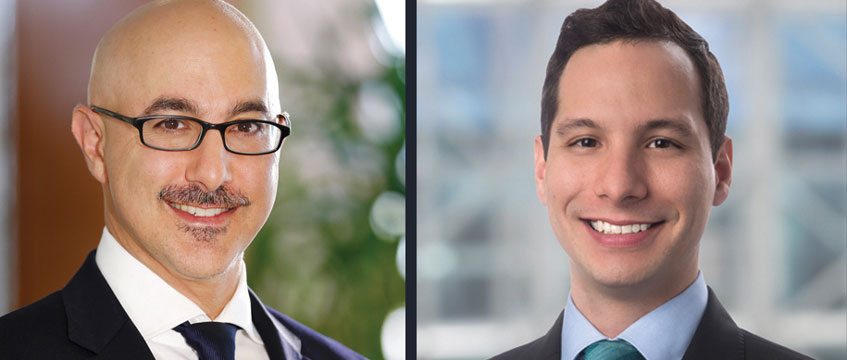A regime designed to spur investment in economically distressed areas within the US and its territories is having a huge impact on the real estate investment landscape. Introduced in the US in 2017, the programme aims to tap into an estimated $6tn in unrealised capital gains, and is expected to generate $100bn in private capital targeting such opportunities over the next few years.
Investments eligible for preferential treatment under the OZ Program are investments made in Qualified Opportunity Funds (QOFs) which must, through the activities they conduct or investments they make, have a substantial geographic and economic nexus with designated opportunity zones. OZs are census tracts – that is, geographical areas – that are qualifying low income communities. More than 8,700 communities across all 50 states, the District of Columbia, and five US territories have been designated as opportunity zones.
Primary beneficiaries
Given the strong geographic focus of the OZ Program and the governing rules, real estate and real estate related deals (property development, rehabilitation, infrastructure, renewables, agriculture and so on) have been the primary beneficiaries of the OZ regime so far. We have seen fund managers successfully raise QOFs for real estate investments relating to commercial and industrial properties, as well as mixed-use real estate properties.
Two years after enactment, it is true to say that QOFs have had a big impact on the US real estate investment landscape. A recent report found that 292 reporting QOFs have raised more than $6.7bn so far. Fourteen of those reporting QOFs have raised at least $100m. However, there is reason to believe that these numbers vastly underrepresent the impact of the QOF programme since the majority of QOFs do not report their fundraising or sources of capital. Moreover, the first period when QOFs were required to self-report to the US Internal Revenue Service – the US federal tax authority – has only recently closed, and it is unclear whether the Department of Treasury or the IRS will provide aggregate investment information detailing the impact of the QOF programme.
Tax benefits
One of the attractions of the QOF programme is the tax benefits. Investors can defer federal income tax on their capital gains by rolling over gains into vehicles known as QOFs. Additionally, a portion of such deferred gains can be permanently excluded from tax, and if such gains are held in the QOF for 10 years or more, future appreciation in the value of the QOF can be excluded from US federal income tax altogether.
And final regulations issued by the IRS on 19 December 2019 clarified a number of issues that were open after the first and/or second set of proposed regulations were introduced.
The final regulations greatly simplified exit strategies for QOF investors by confirming that the 10-year exclusion applies also to dispositions of assets by QOFs. Previously, the rules appeared to permit only dispositions of interests in QOFs, which led most QOFs to be structured as single asset funds. This recent change will permit QOFs to operate like traditional multi-asset funds.
The regulations also liberalised the application of the rules under which gains must be rolled over in a QOF within a 180-day time frame.
Foreign investors
The final regulations also confirmed that non-US investors may benefit from the programme with respect to any capital gains that would otherwise be subject to US federal income tax.
Many foreign investors may be sitting on unrealised income effectively connected with a US trade or business (ECI) – gains that, upon realisation, could be rolled over into a QOF, with the result that a portion of such gains can be deferred and permanently excluded from tax. Accordingly, the QOF programme provides a unique opportunity for many non-US investors to make otherwise ECI-generating investments and avoid US federal income tax on exit.
A point of caution, however, as investors need to be mindful that holding a QOF investment could still result in current income and federal and state/local tax filing obligations by reason of the activities and investments of a QOF, just as with an investment in a traditional closed-end fund. Careful planning would be advisable to help mitigate this risk.
Babak Nikravesh is a partner and Pablo Gardea is an associate at Hogan Lovells











